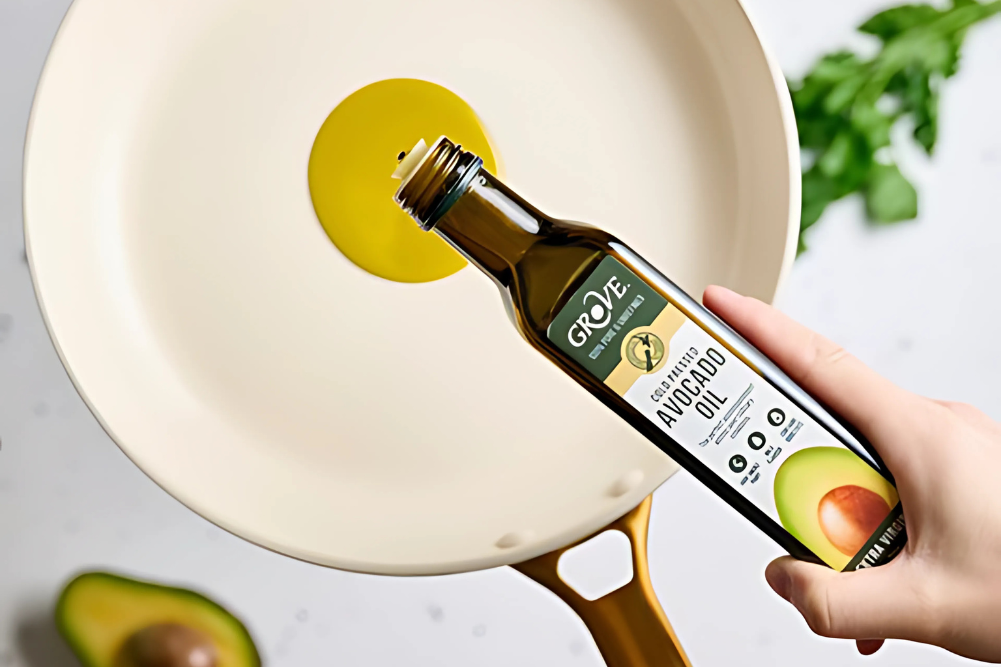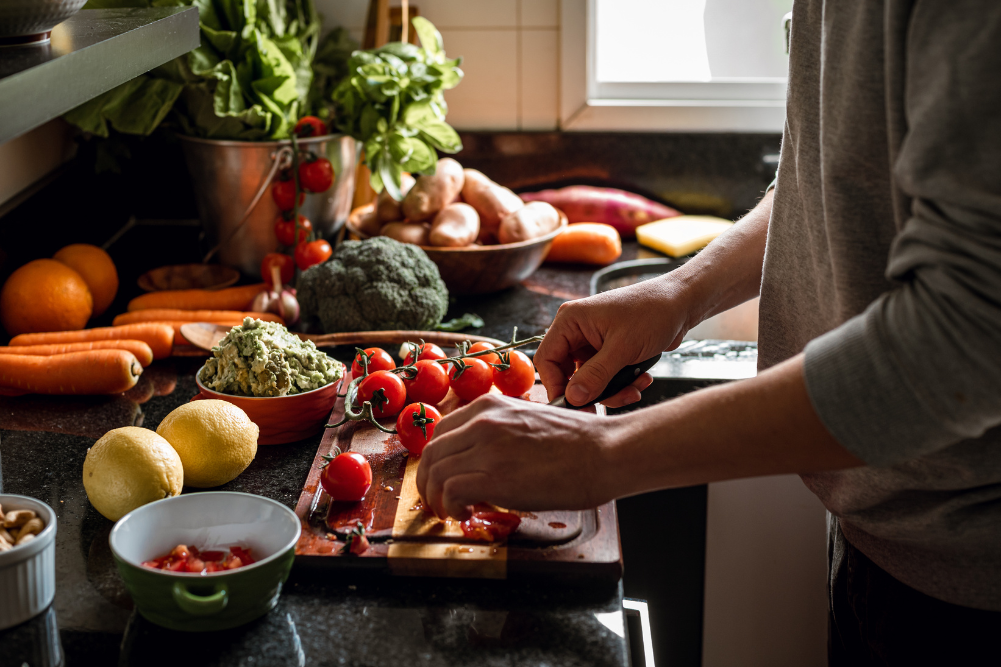What are the wellness benefits you can gain from Foraging?
There’s something so incredibly appealing about foraging. What better way to connect with Mother Earth and show her respect and appreciation than by harvesting and preparing the fresh food bounty she can provide?
Today, wellness experiences that focus on forage are abundant — and with good reason. Foraging encourages mindfulness. It promotes a minimal waste culture and an appreciation for times gone by, when things were simpler and a lot slower paced.
“Foraging means you are outside, you are in nature and you are focussed on finding wild plants. Straight away, all other thoughts dissipate so the benefits of reducing stress can be immediate,” Amanda Fry, Founder and Managing Director of the Experience Nature Group, says. “There is also a wonderful sense of empowerment when you see guests find foraged food and eat it. They just learnt a very useful life skill and that builds confidence.”
In addition to this emotional empowerment, foraging can give participants extra motivation to go out and connect with nature — even when it’s raining, as Diego Bonetto, a foraging tour expert, says. Having this clear sense of purpose — seeking food — can make our natural experiences more intentional. This can in turn make them easier to prioritise.
The produce
In Australia, many different forms of food can be foraged. “In autumn, it’s all about wild mushrooms in the pine forests so we forage Saffron Milkcaps as well as Slippery Jacks when in season,” Amanda says. “By the winter frosts, everyone’s attention turns to visiting local truffle farms and in spring, we focus on edible weeds. We want to challenge what you know about food and teach people to find food all around them.”
When it comes to his foraging tours, Diego takes a similar approach and works with seasonal produce. “I offer identification skills, or as I like to call it, mushroom or weedy eyes, that help people identify common wild edibles in their surroundings,” he says. In these tours, Diego takes small groups around local areas including the beach, with a seaside foraging tour one of the most fascinating.
“Seaweed is not only abundant along the coast — it is a highly nutritious, sustainable and yummy food source,” Diego says, listing just one of the food sources on this experience. “We also look at coastal plants like sea rocket, rock samphire and buckshorn plantain.”
“Sometimes we harvest, sometimes we eat — sometimes both,” Diego says.
Different people from different walks of life are attracted to these tours. Young families want their children to experience nature, and older visitors get a sense of validation of their knowledge. Yet foraging is a wellness experience accessible to anyone — all you need to do is be brave enough to try it.
Before you go
There are many different dangerous plants in Australia. For this reason, it is recommended that you embark on tours or experiences with an established guide before you try any independent foraging. “We work exclusively with Joanne Dodd from Quarter Cre Farm who is a local forager and has qualifications in this area,” Amanda says. “Knowledge is critical to ensure you know what is safe to eat.”







